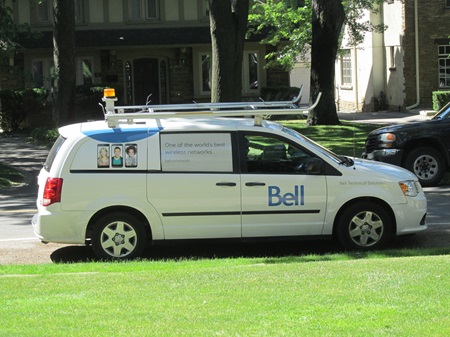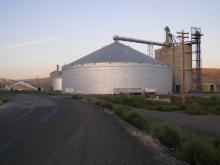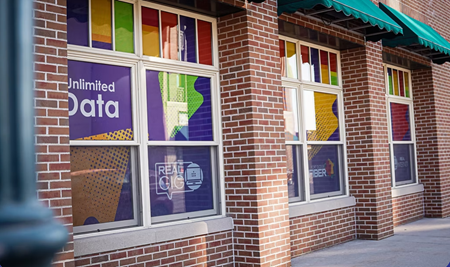Bell Canada’s Ziply Acquisition Raises Questions About Open Access In The Pacific Northwest
Canada’s biggest telecom giant has acquired Ziply Fiber – and a sizable swath of municipal operation agreements for open access fiber scattered across the Pacific Northwest. Bell Canada and Ziply’s joint announcement indicates that the full deal will be around $5 billion Canadian, plus an additional $2 billion in acquired debt.
The acquisition could help accelerate Ziply’s planned expansion across the Pacific Northwest, where the company’s fiber network currently passes 1.3 million locations across Montana, Idaho, Oregon, and Washington State.
At the same time, Bell Canada’s history of anti-competitive behavior could herald a culture shift at the ascending provider. Ziply and Bell Canada’s rapid-fire acquisition of smaller providers across the Pacific Northwest could also risk undermining the pro-competitive benefits of the kind of open access policies Ziply previously embraced.

Ziply was formed when WaveDivision Capital purchased Frontier Communications’ Pacific Northwest operations in 2020. It has quickly become a major player across the four states thanks in part to numerous public private partnerships with municipalities, and a 2022 announcement of $450 million in new private sector funding.




